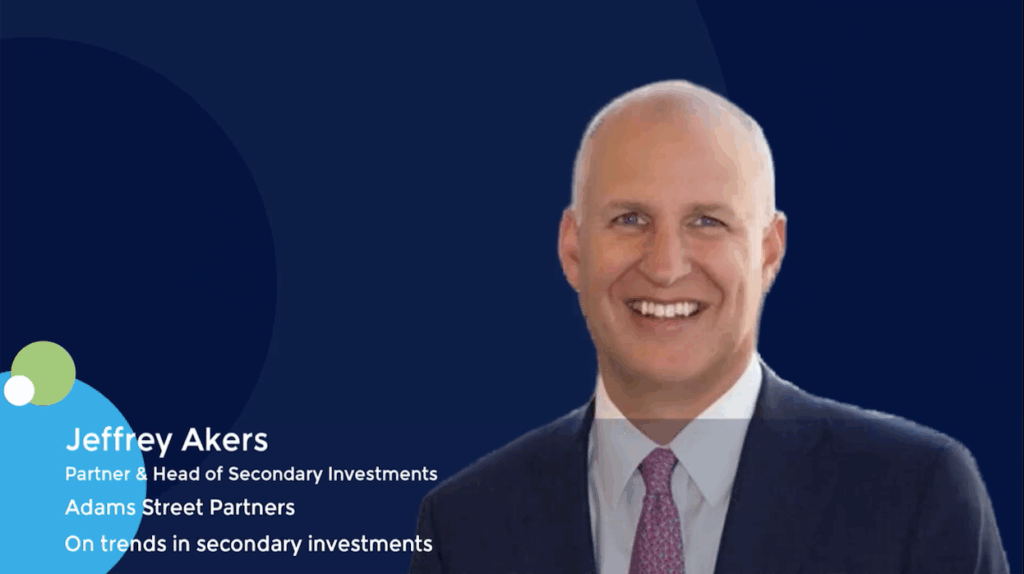LPs in Asia: CP Group to build out PE exposure via dedicated family office
The Thai conglomerate – historically agribusiness-focused but increasingly tech-oriented – wants to systematise its approach to private equity. This means adding more fund commitments to an already healthy appetite for co-investment
Founded in 1921, Thailand’s Charoen Pokphand Group (CP Group) is one of the oldest and largest family businesses in Asia. Its private equity activity is varied and substantial but ad hoc in nature. Concerted plans are underway to make this more programmatic both in terms of direct investments and fund commitments.
Capturing the scope of the Chearavanont family-owned conglomerate is not straightforward. Overall revenue was said to be USD 82bn in 2020, with the core agribusiness unit, CP Foods, contributing around one-third of sales. That unit alone generated about USD 17bn in profit in 2023.
In addition to agribusiness, CP Group has interests spanning retail, media and telecom, e-commerce and digital services, property, automotive and industrial production, pharmaceuticals, and finance. Japan’s Itochu Corporation, a longstanding co-investor, has described the overall company as having THB 5trn (USD 135bn) in sales, or about half of the national budget of Thailand.
CP Group wants to channel up to 30% of its annual profit to alternatives, with most of this to be taken up by private equity. It implies a significant budget for CT Bright Holdings, an investment subsidiary headed by Sean Glodek, formerly deputy CEO of the Russian Direct Investment Fund (RDIF) and a director of the Russia China Investment Fund (RCIF).
That said, investment activity is intended to leverage CP Group’s overall resources. Individual business units can pursue deals themselves, coordinating activity with CT Bright and the conglomerate’s top management. Consequently, the portfolio represents a hodgepodge of investments and strategic alliances across the organisation, including with private equity firms.
“We’re a small participant in less traditional ways, but we do plan to be a bigger participant and partner to a number of firms,” said Glodek, who leads a team of 50 investment professionals across offices in Bangkok, Hong Kong, Tokyo, and Taipei.
“We believe in the asset class. We think that focused private equity teams do bring opportunities – and not only to get transactions but also to run them in a different way than a conglomerate would.”
Finding partners
This relationship building is partly underpinned by the notion that CP Group and private equity firms can work together to take advantage of business succession opportunities across Asia. CT Bright wants to leverage the conglomerate’s potential to offer operational synergies to target businesses while partner GPs handle the team buildout.
Glodek observed that although succession opportunities in the region mostly come out of Japan, Southeast Asia is a fertile market and equally difficult to access in terms of garnering the trust of sceptical promoters.
“A lot of the opportunities that we see [in Southeast Asia] are not the ones being advertised or published. We see a lot of direct conversations where people are really focused on who they will sell their business to,” he said.
“Running a process sell side with 30 people looking at it all over the world is not necessarily to every family’s liking. Teaming up with us plus someone we recommend is probably going to be more the norm of how we engage.”
CT Bright’s cooperations with private equity to date have mostly taken the form of joint venture vehicles, where the company doubles as a strategic partner and anchor LP. These are organised as open-ended evergreen pools of capital rather than traditional separately managed accounts or single-asset funds, although one-deal structures have been employed.
They are formed based on perceived deal flow, seeded with capital for day-to-day operations, and recapitalised as needed. In addition to private equity firms, partners include diversified asset managers and corporates.
Cheque sizes range from sub-USD 1m to more than USD 1bn. The standout investment on the high end was the acquisition of a 10% stake in the Hong Kong-listed arm of CITIC Group for USD 4.5bn in 2015. This was part of a deal alongside Itochu, which also took a 10% stake. It’s worth noting that CP Group and Itochu were among the first foreign investors in China in the 1970s.
Geography and sector thematics have historically reflected CP Group’s core interests. Asia represents more than 80% of investment activity. Beyond China, joint venture funds have been set up for deals with a Japan nexus, for investments in Vietnam, as well as for more niche areas such as agriculture-related biotech.
The strategic, case-by-case nature of these ventures has left little room for traditional LP commitments in blind pool funds, although there have been some. The plan is to do more under a formalised family office framework. This will likely be only partially managed by CT Bright, ultimately reporting to CP Group’s top leadership.
“We’ve seen some success, but it’s also challenging in terms of overall management,” Glodek said referring to CT Bright’s historical, labour-intensive approach to participation in private equity.
“We have all these things spread out all over, sometimes competing with each other, sometimes aiding each other. There’s always a question of resources and resource allocation, both people and capital, that the family office, when it’s ready, will address in a more comprehensive way and probably make it more successful.”
Strategic alignment
The most significant factors extending the timing of this development are CP Group’s corporate bureaucracy and sometimes volatile cash flows. In a recent example of the latter, CP Foods saw its EBITDA spike 60% during 2022 due to product price fluctuation.
Dramatic swings of fortune – in both directions – are part and parcel of industries such as agriculture and can inhibit a purely financial approach to PE. But this is also a significant motivator for increasing LP commitments to third-party managers. “It does allow you access to probably better deal flow and ultimately better returns for less risk or less volatility,” Glodek said.
Still, the road toward making fund commitments based on sector-agnostic risk-adjusted returns will continue to be characterised by industrial opportunism. To this end, the pending family office’s investment themes would be determined by both CP Group’s strengths and weaknesses.
“Because of the nature of our business, we deliver a lot of potential synergies in certain sectors and we would feel more comfortable making bigger bets and more integrated bets and finding deeper partnerships in those areas than in areas we don’t know anything about,” Glodek said.
“At the same time, the world is changing. As a big company, we need to watch out for trends and then go after those trends. So, part of the activity would be to find a leg up in some of the new developments in our ecosystem. Part of the strategy for a family office would be to tap into what are the new verticals where we would be well positioned to be an active participant.”
The number of eventual GP relationships will be limited by CP Group’s high standards around trust and the idea that the planned family office will function under the auspices of a parent group whose top brass would still need to get comfortable with any given relationship. Partnerships that involve a fund commitment could be years in the making.
“Hopefully once we set up the family office in a more traditional way, we can do this faster, but you’re talking about decision makers who are running day-to-day businesses, and these are global businesses,” Glodek said.
“Developing any kind of relationship while you’re running that existing business is just going to take time. Once we have more of a dedicated platform, then we can probably have more flexibility and dedicated resources and consistency in building those relationships and interactions.”











